by Texas Homesteader ~
Using a foot-long twig to mark the area where you planted seeds in your garden has two important benefits: Saving your seedling now and saving water later!
Do it now and your garden will benefit all season long. How? Check out this helpful Homestead Hack!
In planting seeds in my veggie garden I needed a way to mark the area where the seedling would sprout.
How will I safely weed the area where my seed was planted without accidentally pulling up my new emerging seedling?
Planting Seeds In The Garden
One year I was in the veggie garden REPLANTING it since all the rain decimated it the first time.
I started by hacking out all the grass that was choking my veggie beds. Those weeds grow very well, #thankyouverymuch.
Then when I had finally once again cleared the bed & with renewed hope, I replanted my veggie seeds.
Now I know that the grass will make a run for it again. So I’ll need to keep the garden hoe handy to keep that dang grass at bay so it doesn’t get out of hand.
But I don’t want to damage the area where my veggie seed is securely tucked away. How will I know exactly where all my seeds are planted?
I don’t want to accidentally damage or destroy a new planting while maintaining the garden waiting for the seed to sprout.
Weeding Around New Plantings
I know the grass and weeds in my veggie garden will need to be dealt with well before this little seed is able to break ground and survive.
To give me indication of where I planted those seeds I looked around at what I had available. Low & behold the answer was before me!
I took a stick and broke it into sections of about a foot each. Then I stuck a footlong section into the ground just next to where each of my seeds (or sometimes seedlings) were planted.
Use what you’ve got is what I always say!
And even if it rains for days and days on end keeping you out of your garden so that grass grows up all around your tiny seedling as it makes a break for it like the picture below, you’ll still be able to tell the areas where you need to exercise care with your garden tools…
This little trick has saved so many tiny seedlings from being pulled up along with the grass & weeds I’m trying to clear away.
It helps to mark the area you’ve planted so that your little plant stands a fighting chance.
How To Water Vining Plants Like Cantaloupe & Watermelon
Here’s a huge secondary benefit to marking your plants with a twig. One that benefits you for the rest of the garden season.
Once that plant grows, this stick marker helps you to know where to direct the water hose.
For instance, I like to use Vining Plants as Living Mulch. No disposable plastic bags of mulch to buy & haul to the garden. No rake or shovel to spread it in place. Mother Nature does a fine job of it for free!
Those vining plants grow along the soil, protecting it from the wind and the sun. It helps slow evaporation of water and moderate soil temperatures during those blazing hot months of summer.
I like to plant vining plants close to other plants and just let them vine along the ground, providing that valuable service for free.
But when watering vining plants like cantaloupe, watermelon or pumpkin, did you ever wonder if you were watering the plant or simply the ground beneath some of the long vines?
Yeah, me too.
But since I’d marked the base of the plant weeks earlier using that stick, I know exactly where to direct the water to make sure my plant stays well watered and healthy.
No more wasting water by just watering the whole area hoping the actual base of the plant and roots will eventually benefit from the watering. I can direct the water exactly where it needs to go to benefit my living mulch plant.
Mother Nature Provides For FREE!
So there ya go, a helpful Homestead Hack that you can use in your garden too!
By using this Homestead Hack there’s nothing to buy. So it’s good for your garden AND your budget. Plus you don’t get any more all-natural than Mother Nature’s own.
Use whatcha got!
~TxH~
My Favorite Garden Hacks
- Easy Garden Planning Spreadsheet
- Getting A Jump: Planting An Indoor Greenhouse
- Repurposed Cardboard Seed-Starting Pots
- 3-Sister’s Garden – The Original Companion Planting
- Planting A Large Galvanized Trough
- Tricking Birds AWAY From Your Strawberry Plants
- Easy Compost For A Healthy Garden
- Propping Tender Seedlings
- Cheap (or FREE) Wood Mulch For The Garden
- Using Vining Plants For Living Mulch
- Homestead Hack: Remember Where You Planted Seeds
- Keeping Potted Plants Watered
- Planting A Blueberry Bush In Galvanized Tub
- Stevia – Growing Your Own Sweetener!
- How I Use EcoBricks In The Garden
- Repurposing A Coffee Can For Deep-Soak Watering
- How Leaves Benefit Your Garden
- My Simple, Zero-Waste Herb Drying Setup
- The Lazy Gardener’s Plant List – Plant Once, Eat For Years!
- How To Tell When Watermelon Is Ripe
- Luffa A Surprising Zucchini Substitute!
- How To Make Your Own Garden Soil
- Easy Homemade Seed Tape
MORE Gardening Posts
C’mon by & sit a spell! Come hang out at our Facebook Page. It’s like sitting in a front porch rocker with a glass of cold iced tea – lots of good folks sharing! You can also follow along on Pinterest, Twitter or Instagram.
If you’d like to receive an email each time a new blog post goes live it’s EASY to
Subscribe to our blog!

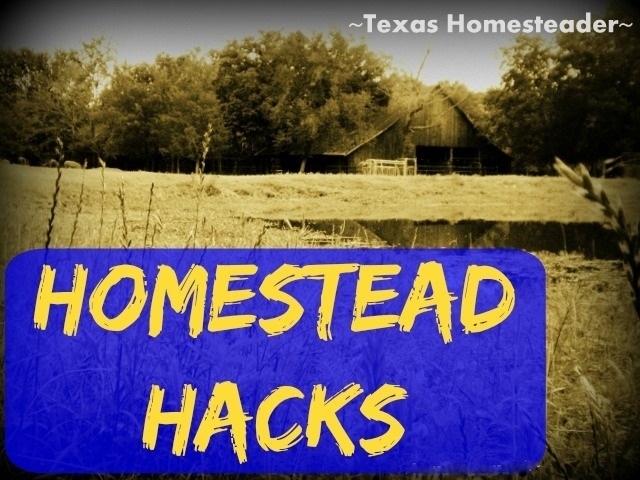
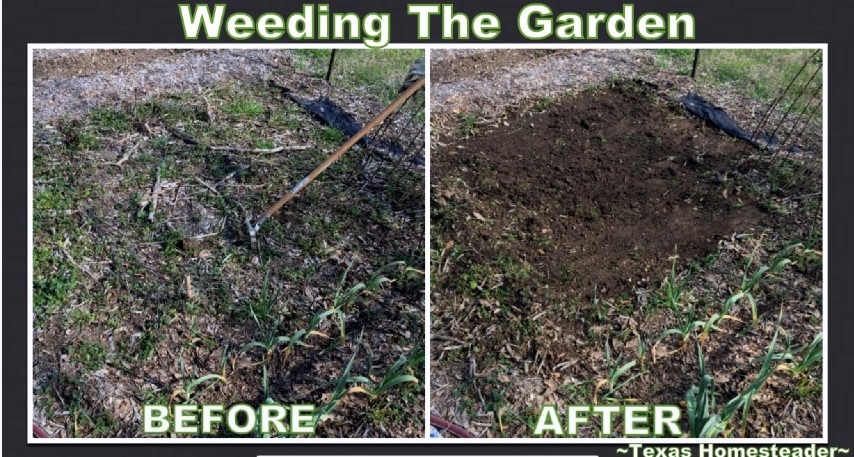
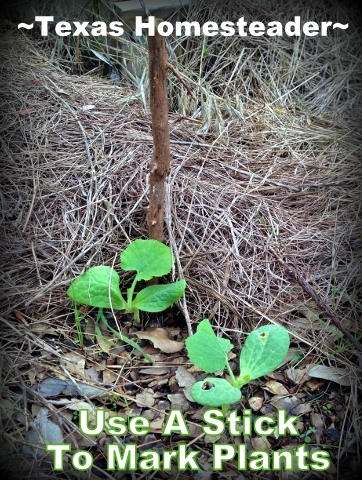
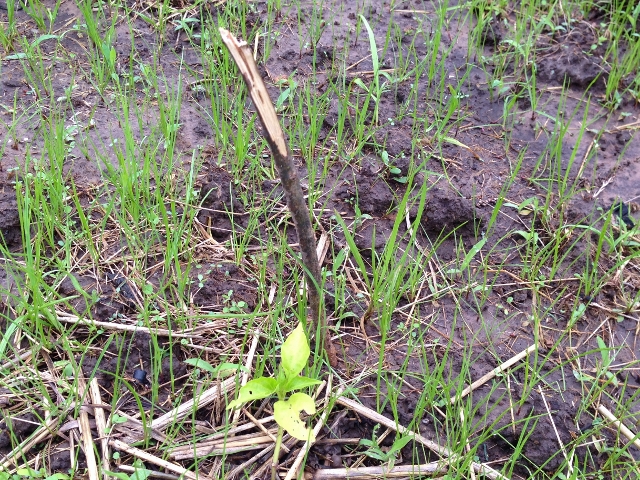
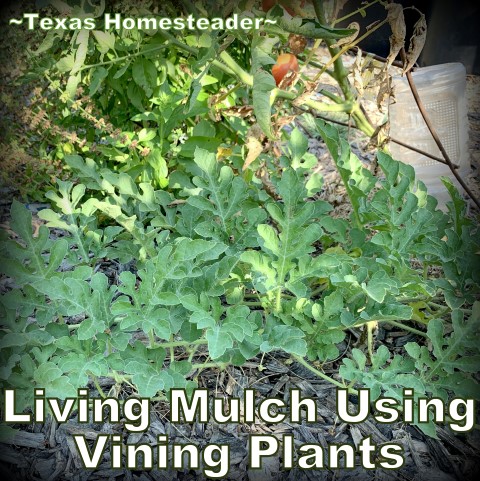
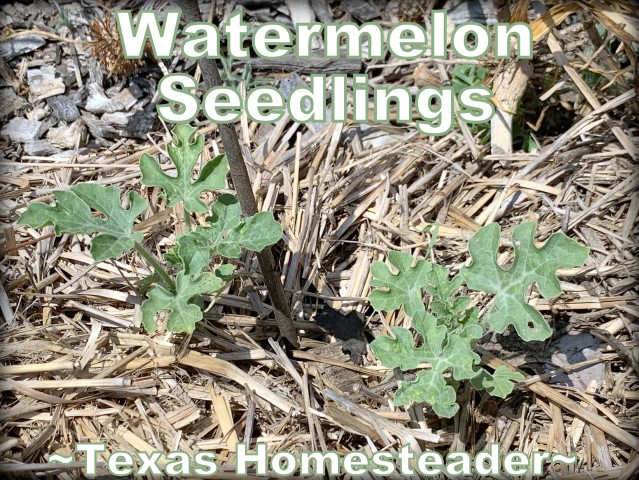

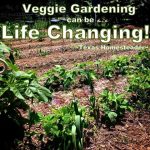

What I great idea! I wish I would have done this before we got so much rain.
Coming over from Farmgirl Friday!
The rain has really done a trick on our garden too this year Mandi. I’m seeing the twigs marking where I planted the seeds, but in many cases no sign (yet) of emerging plants. Fingers crossed. ~TxH~
I have done this many times…. and it seems funny to me that I am not the only one who does it… I felt a bit “silly” to be doing such an unofficial thing. 🙂
Don’t knock it, nofficial things are sometimes the best. 😉 ~TxH~
I do this all the time. And then I lose the sticks because I’m so dimwitted, I choose flimsy or near decomposed sticks because they are always what are closest to me when I’m looking!
LOL JoAnna! ~TxH~
What a great idea! I want to grow radishes from seed this year, couldn’t figure out how to find them amongst the weeds. 🙂
This procedure has saved many a seedling in our Homestead garden, Cynthia! ~TxH~